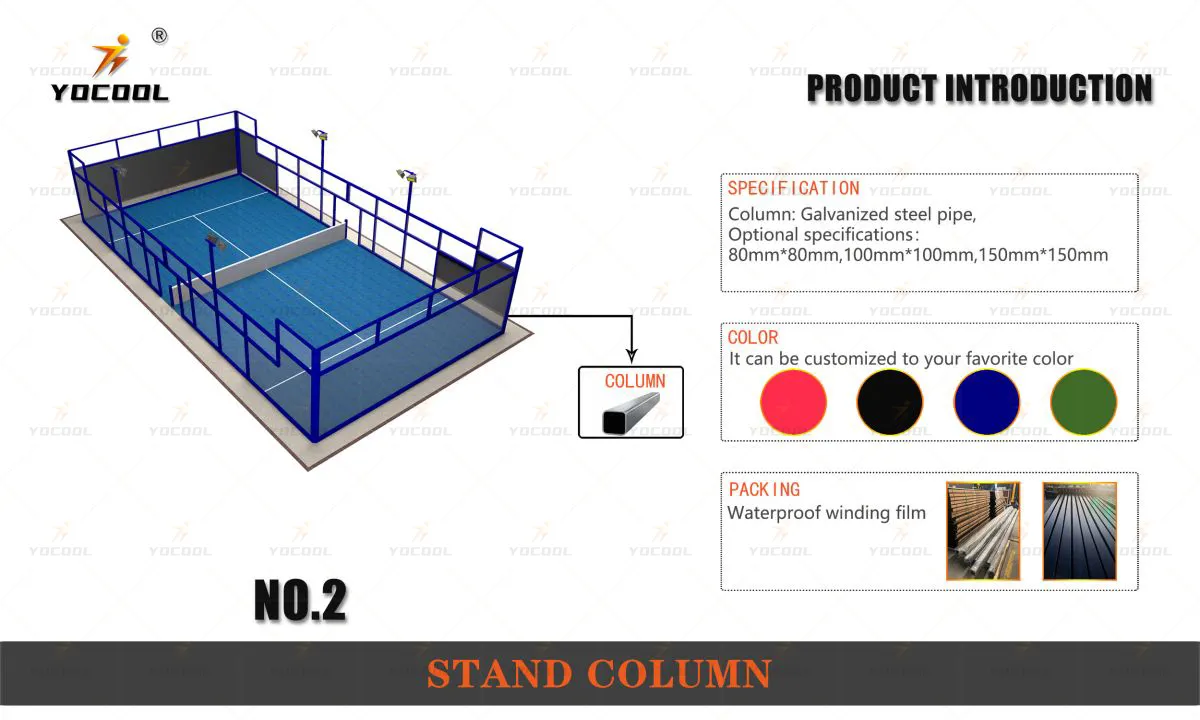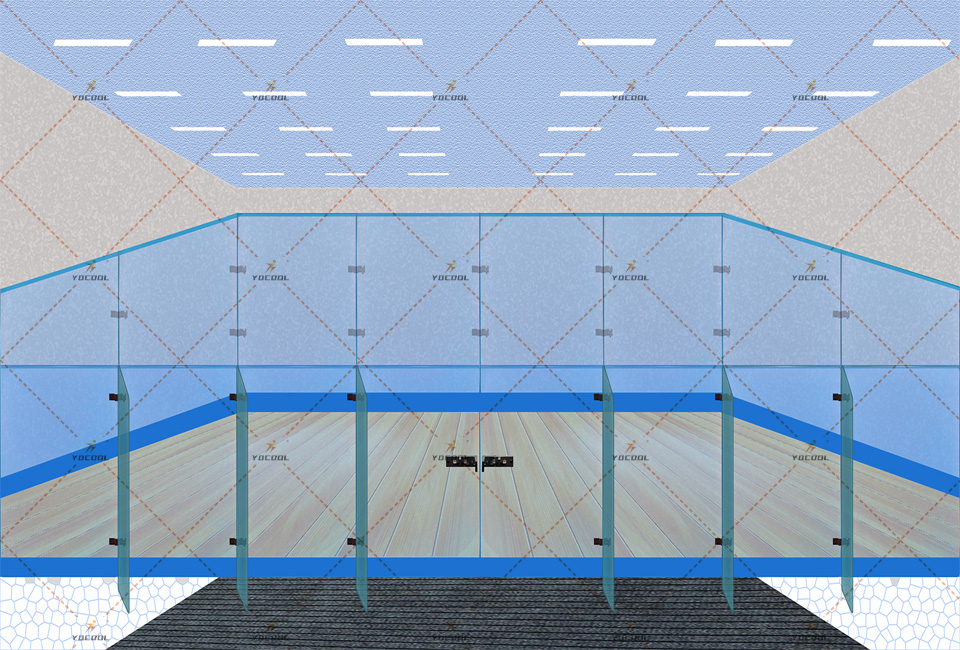Unveiling the Fascinating World of Padel Ball Courts A Comprehensive Guide

With the rise in popularity of padel in recent years, the unique characteristics of padel ball courts have become a topic of interest for sports enthusiasts and entrepreneurs alike. Padel, a mix of tennis and squash, demands specific court features to enhance gameplay and ensure player safety. This article delves into the essential elements of an ideal padel court, backed by expert insights and first-hand experiences, offering a reliable guide for anyone interested in this captivating sport.
A standard padel court measures 10 meters wide by 20 meters long, smaller than a typical tennis court, and is surrounded by walls reminiscent of a squash arena. The enclosing walls, usually made of glass or mesh, are instrumental in the game, as they allow the ball to remain in play after contact. This adds an extra dimension to the sport, imparting a dynamism that is unique to padel.

The playing surface often utilizes synthetic turf, selected for its durability and traction, which supports agile footwork while minimizing injury risks. This state-of-the-art flooring technology offers an experience that is both comfortable and efficient in terms of maintenance. Recent advancements in court surfaces have focused on UV-resistance and all-weather suitability, making them apt for different climates and conditions. Expert reviews affirm that courts designed with high-quality materials require minimal upkeep compared to other sports venues.
Lighting is a critical component for ensuring visibility during evening matches or indoor play. LED lighting systems are preferred due to their energy efficiency and low maintenance costs. Properly distributed lighting minimizes shadows and glare, enhancing player performance and reducing eye strain. Experts suggest implementing adjustable lighting systems to cater to varied illumination needs during different events or times of the day.
padel ball court
The net's central position divides the court, standing at a regulated height of 88 centimeters at the center and slightly raised at the posts. Its construction with high-quality materials provides resistance against frequent impact, ensuring longevity. Expert recommendations emphasize the importance of routine maintenance checks to uphold safety standards and match quality.
Additionally, the ambiance of a padel court contributes significantly to the playing experience. Adequate seating arrangements, sound management systems, and proper ventilation are crucial for a satisfying spectator and player experience. Inclusion of amenities like professional coaching, equipment rental, and refreshment facilities can further enhance the facility's appeal, drawing larger crowds and encouraging repeated visitation.
Trust in facility management is paramount. Choosing a reliable, authoritative contractor for the construction and maintenance of a padel court can save prospective business owners from costly pitfalls. Experts advise checking the contractor’s credentials, past projects, and client testimonials before making commitments.
In conclusion, understanding the intricacies of padel ball court features from a professional and user-friendly perspective can enhance both player engagement and business success. Those venturing into the world of padel courts will find that blending expertise in construction with keen attention to user experience can foster thriving communities and enduring sports facilities.



